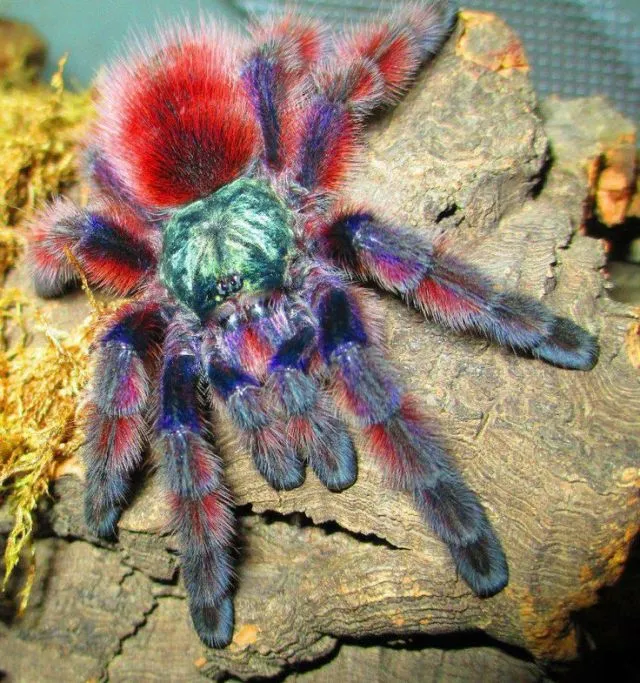Understanding the Pink Toe Tarantula (Avicularia Versicolor)
The Pink Toe Tarantula, scientifically known as Avicularia versicolor, is a captivating and popular species among tarantula enthusiasts. Native to the rainforests of Martinique, a Caribbean island, these arboreal tarantulas are known for their vibrant coloration and relatively docile temperament. This guide will provide you with comprehensive information on how to care for these beautiful creatures, ensuring they thrive in your care. Understanding their natural habitat and behaviors is the first step toward providing an optimal living environment. This includes knowing their needs in terms of temperature, humidity, feeding, and enclosure requirements. By mastering these essentials, you’ll be well-equipped to enjoy the rewarding experience of owning a Pink Toe Tarantula.
Appearance and Characteristics of Pink Toe Tarantulas
The Pink Toe Tarantula gets its name from the distinctive pink or reddish-pink coloration on the tips of its legs, which is particularly striking against the dark background of its body. The body itself is typically a metallic blue or green, adding to its visual appeal. Spiderlings start with a more muted coloration, gradually developing their vibrant hues as they mature. Adult females can reach a leg span of up to 5-6 inches, while males are generally smaller. They are known for their arboreal lifestyle, preferring to live in trees, and their bodies are adapted for climbing. Their behaviors are also interesting to observe, as they create silk retreats and hunt for prey in a relatively calm and collected manner, making them a fascinating pet.
Habitat Requirements for Pink Toe Tarantulas
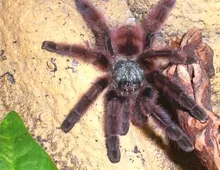
Creating a suitable habitat is crucial for the health and well-being of your Pink Toe Tarantula. These spiders are arboreal, meaning they live in trees, so their enclosure should be taller than it is wide to accommodate their natural behavior. The enclosure should provide ample space for climbing and web-building. Moreover, it should mimic the conditions of their native rainforest environment. This includes maintaining the appropriate temperature and humidity levels, which are key factors for their overall health and longevity. Understanding these environmental factors helps you set up the right habitat from the beginning and ensures your tarantula feels safe, secure, and able to thrive.
Creating an Ideal Enclosure for Your Pink Toe Tarantula
When selecting an enclosure, consider a glass or clear acrylic terrarium with a secure lid. A good size for an adult Pink Toe Tarantula is approximately 12x12x18 inches or larger. The enclosure must have adequate ventilation to prevent the buildup of mold and maintain healthy air circulation, yet it should also retain humidity. Ensure the lid is escape-proof, as tarantulas are skilled climbers. The enclosure should provide climbing opportunities, such as branches, cork bark, or artificial plants, for the tarantula to explore and build its web. This also offers it spots to hide and feel safe, which is a crucial aspect of the spider’s well-being. Keep the enclosure clean and tidy, making sure to regularly remove uneaten food and any waste to avoid any health problems.
Substrate and Decor for Pink Toe Tarantulas
The substrate, or bedding, plays a critical role in maintaining humidity and providing a comfortable environment. A substrate mixture of coco fiber, sphagnum moss, and a small amount of vermiculite works well. This combination retains moisture and allows the tarantula to burrow if it chooses. Avoid substrates that can mold easily. Add several pieces of cork bark, branches, and artificial plants to create hiding places and climbing structures. These elements make the enclosure more natural and enrich the tarantula’s life by giving it opportunities to engage in natural behaviors. Ensure any decorations are securely placed to prevent them from falling and potentially harming the tarantula. Avoid sharp objects and materials that can cause injury.
Temperature and Humidity Management
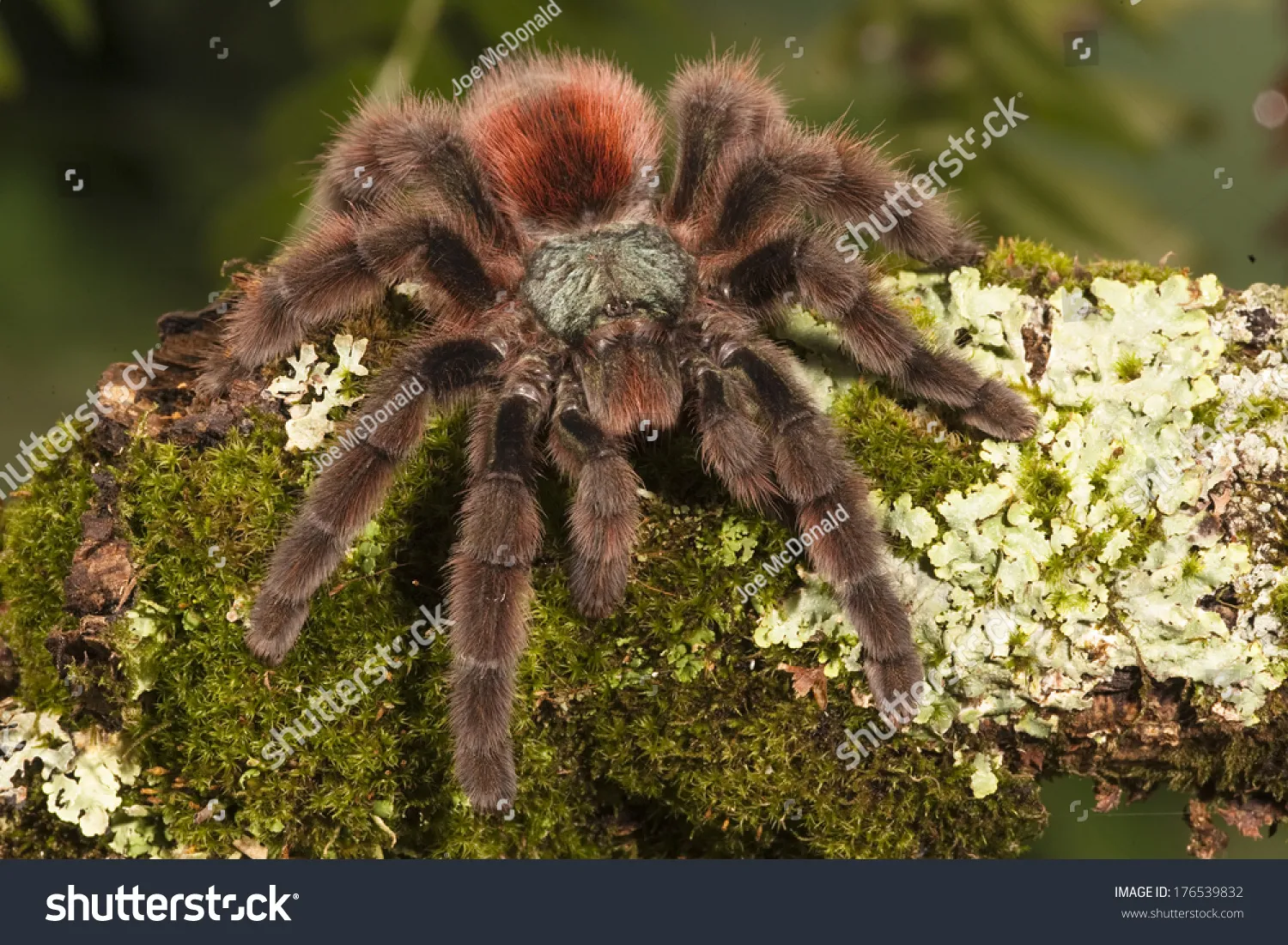
Pink Toe Tarantulas thrive in a temperature range of 75-85°F (24-29°C). A heat lamp or under-tank heater can be used to maintain this temperature, but be careful not to overheat the enclosure. Monitor the temperature using a thermometer placed inside the enclosure. Humidity is equally important, ideally maintained between 70-80%. To achieve this, mist the enclosure with water every other day or as needed, particularly when the substrate appears dry. Proper ventilation is vital to prevent mold and fungal growth. Ensure there is sufficient air circulation while still maintaining humidity levels. A hygrometer is essential for monitoring humidity levels, ensuring the environment stays optimal for your Pink Toe Tarantula.
Feeding Your Pink Toe Tarantula
Feeding your Pink Toe Tarantula is a straightforward process, but it requires attention to ensure proper nutrition and health. Their diet consists mainly of live insects, and the size of the prey should be appropriate for the tarantula’s size. Overfeeding should be avoided to prevent the spider from becoming overweight. The tarantula’s willingness to eat is a good indicator of its health and well-being. A healthy Pink Toe Tarantula will readily take food, and the frequency of feeding may vary depending on its age, size, and individual metabolism. Regular feeding and monitoring of its eating habits are vital components of providing proper care.
What Pink Toe Tarantulas Eat
The diet of a Pink Toe Tarantula primarily consists of live insects. Crickets, mealworms, roaches, and locusts are all suitable food sources. Variety is key, so offering a mix of these insects can provide a balanced diet. Ensure the insects are gut-loaded before feeding them to your tarantula, which means feeding them nutritious food to enhance their nutritional value. You can do this by feeding the insects with high-quality food a day or two before offering them to your spider. Avoid feeding wild-caught insects, as they may carry parasites or pesticides that can harm your tarantula. The insect size should be approximately the same size of the tarantula’s abdomen.
Feeding Frequency and Techniques
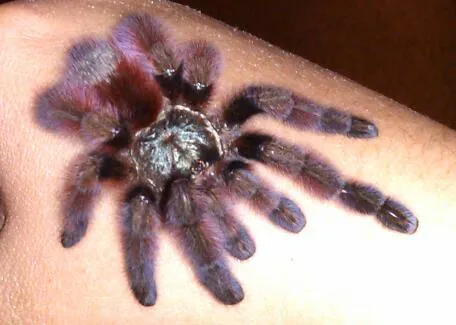
Spiderlings should be fed two to three times a week, while adult Pink Toe Tarantulas can be fed once or twice a week. The frequency can be adjusted based on the tarantula’s appetite and condition. Place the live insect in the enclosure and allow the tarantula to hunt. Remove any uneaten insects within 24 hours to prevent them from stressing the tarantula. Regularly monitor the tarantula’s abdomen; it should be appropriately sized, and if it is too large, you can reduce the feeding frequency. Always have a shallow dish of clean water available for drinking.
Watering Your Pink Toe Tarantula
Providing fresh water is essential for the health of your Pink Toe Tarantula. Use a shallow water dish filled with clean, dechlorinated water. The water should be shallow enough to prevent the tarantula from drowning but deep enough for it to drink. You can also mist the enclosure every other day or as needed to maintain humidity, as tarantulas will also drink water droplets from the enclosure walls. Regularly check the water dish and refill it with fresh water, ensuring it is always clean and free of any debris or contaminants. Always use dechlorinated water to avoid any harmful chemicals that can affect the tarantula’s health and overall well-being.
Health and Handling of Pink Toe Tarantulas
Like all pets, Pink Toe Tarantulas can be susceptible to certain health issues. Regular observation and proper handling are vital to maintain their well-being. Being aware of common problems and knowing how to handle your tarantula safely minimizes potential risks. Understanding the tarantula’s behavior and body language will help you detect any signs of stress or illness promptly, allowing for timely intervention. Regular check-ups of the enclosure and the spider itself are essential for monitoring its health.
Common Health Issues in Pink Toe Tarantulas
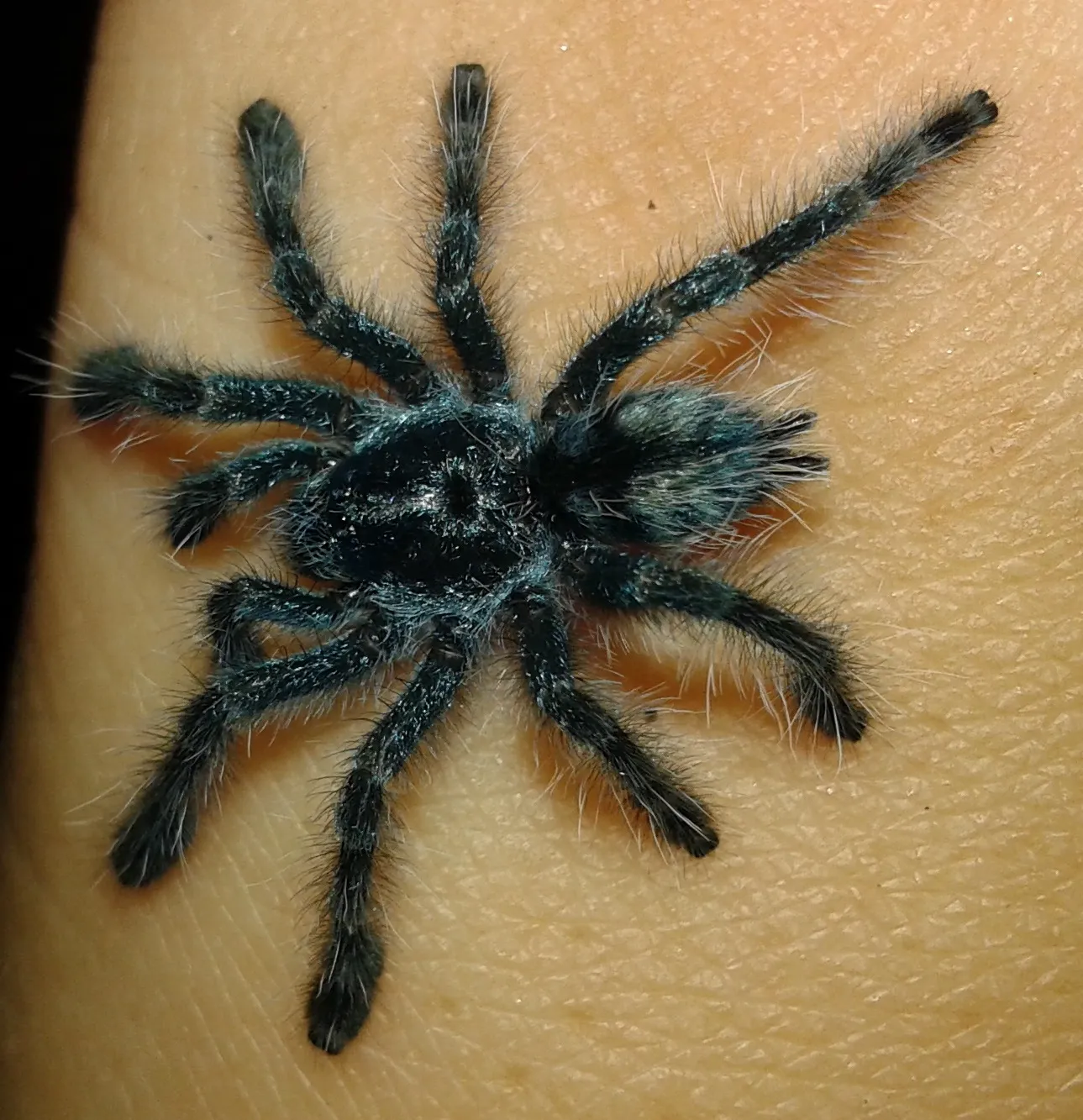
Some of the common health issues in Pink Toe Tarantulas include dehydration, mites, and fungal infections. Dehydration can be caused by insufficient humidity or lack of access to water. Symptoms include lethargy and a shriveled abdomen. Mites are tiny parasites that can infest tarantulas. Regular inspection for mites and prompt treatment are essential. Fungal infections can occur if the enclosure is too humid or dirty; ensure proper ventilation and cleanliness. Watch for signs of illness, such as loss of appetite, lethargy, or unusual behavior. Any changes in behavior, such as a tarantula staying in one spot or not eating, can indicate that something is wrong and requires attention. Always quarantine new tarantulas to avoid any potential spread of diseases.
Safe Handling Practices
Handling Pink Toe Tarantulas should be done with care and caution. While they are known to be relatively docile, they can bite if they feel threatened. Always handle them close to the ground or a soft surface in case of a fall. Avoid sudden movements and be gentle. Use a soft brush or a container to gently guide the tarantula if you need to move it. If your tarantula is molting or about to molt, it should not be handled. Always wash your hands before and after handling your tarantula to avoid transferring any substances to the spider. Keep your tarantula safe by always monitoring its behavior, paying close attention to any signs of stress. Always prioritize your safety and the well-being of the spider.
Breeding and Life Cycle
Breeding Pink Toe Tarantulas can be a rewarding experience, but it requires a good understanding of their life cycle. This process involves creating the right conditions for mating and raising the spiderlings. Understanding their molting process is also critical, as this is a vulnerable time for the spider. Proper care during molting ensures the spider’s health and survival.
The Molting Process in Pink Toe Tarantulas
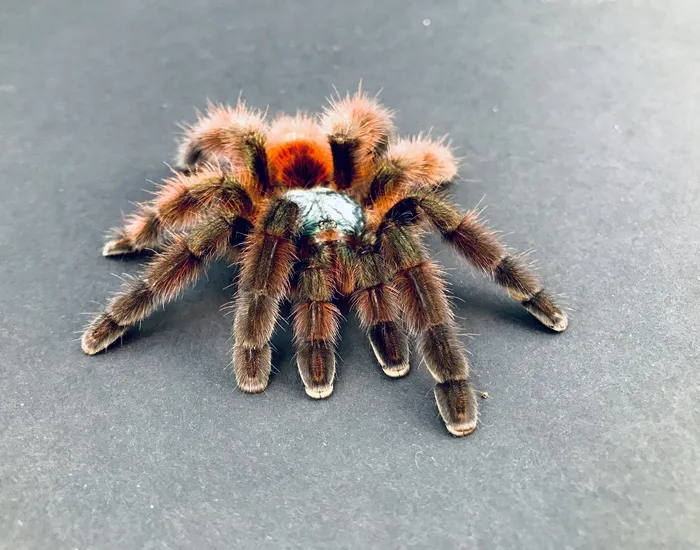
Molting is a natural process in which tarantulas shed their exoskeleton to grow. Before molting, the tarantula will often stop eating, become less active, and may appear dull in color. The tarantula will usually lie on its back during the molting process. It is important to maintain high humidity during molting to prevent complications. Do not disturb your tarantula during molting; interference could be fatal. After molting, the new exoskeleton will be soft, and the tarantula will be very vulnerable. Do not feed the tarantula for a week or two after molting, as it needs time to harden. Remove any remnants of the old exoskeleton to maintain a clean environment. Regularly monitor the tarantula during this sensitive process, keeping the enclosure undisturbed, safe, and properly humidified.
Conclusion Your Pink Toe Tarantula Care Journey
Caring for a Pink Toe Tarantula can be a rewarding experience. By following the guidelines in this care guide, you can provide a healthy and enriching environment for your tarantula. Regular observation, attention to detail, and a willingness to learn will ensure your tarantula thrives. Remember to maintain the appropriate temperature, humidity, and diet. Providing a suitable habitat and avoiding any unnecessary stress are key components in ensuring the long life and well-being of your pet. Enjoy the unique experience of owning these fascinating creatures and observing their beauty and behaviors. Your Pink Toe Tarantula care journey is an ongoing process. By consistently monitoring your tarantula’s environment and behavior, you can ensure it remains happy and healthy for years to come.
